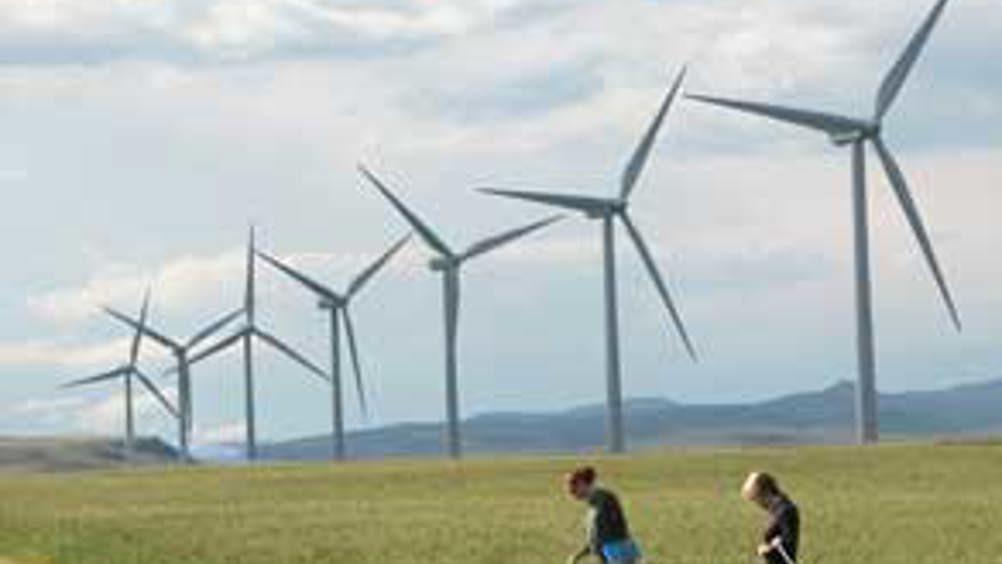Bat-killing blades
A US group called the Bats and Wind Energy Cooperative has begun testing the effect of stopping wind turbines during low wind conditions to avoid killing bats.

A US group called the Bats and Wind Energy Cooperative (BWEC) has begun testing the effect of stopping wind turbines during low wind conditions to avoid killing bats.
The study, the first of its kind in the US, will also determine the reduction, due to shutdowns, in the amount of electricity generated.
BWEC was formed in 2004 by Bat Conservation International (BCI), the American Wind Energy Association (AWEA), US Fish and Wildlife Service, and the US Department of Energy’s National Renewable Energy Laboratory (NREL) to learn why bats are being killed at wind energy facilities and how deaths can be prevented.
Iberdrola Renewables offered its Casselman Wind Power Project site in Pennsylvania for the research and is also providing funding for it. 'We recognise there is an impact on bats that requires scientific study,' said Andrew Linehan, director of permitting for the company.
Since 2004, BWEC scientists have learned much about patterns of bat deaths and the relationships between weather and interactions of bats with wind turbines. Key findings suggest bat fatalities occur primarily on low wind nights when turbines are operating at low power, but in some cases the turbine blades are rotating at or near their maximum speed.
Register now to continue reading
Thanks for visiting The Engineer. You’ve now reached your monthly limit of news stories. Register for free to unlock unlimited access to all of our news coverage, as well as premium content including opinion, in-depth features and special reports.
Benefits of registering
-
In-depth insights and coverage of key emerging trends
-
Unrestricted access to special reports throughout the year
-
Daily technology news delivered straight to your inbox










UK Automotive Feeling The Pinch Of Skills Shortage
Not so much attracting skills to the UK but generating skills within the UK is what is needed! That statement suggest they are in effect wanting to...